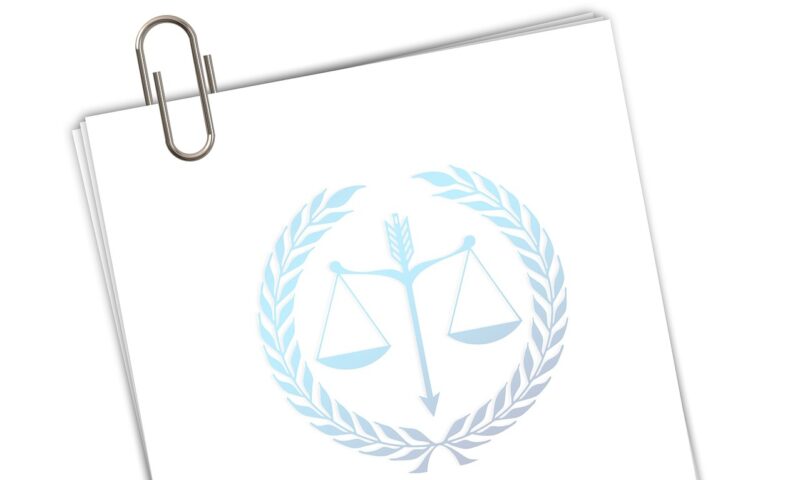Post-issuance challenges to a patent.
Received a letter threatening a patent infringement lawsuit? Or worse, being sued for alleged infringement? It is undoubtfully stressful to you personally and to your business. However, not every patent is equally valid. Many of them were not properly prosecuted or examined by the United States Patent and Trademark Office (USPTO). There are several ways to challenge the validity of a patent. In the U.S., there are two main routes to challenge a patent: 1. the judicial system; and 2. the USPTO.
- Challenge patent validity through the judicial system
Challenging the validity of a patent is most likely a federal law question. Therefore, it is normally filed with a federal district court. The first obstacle for a lawsuit is standing: there must be a dispute. There are two common scenarios. First, the owner of a patent already filed a lawsuit against a defendant alleging infringement. The defendant in the infringement lawsuit can then file counterclaims challenging the validity of the allegedly infringed patents. Second, receiving a threat of an imminent infringement lawsuit also gives the recipient right to sue for declaratory judgment.
There are several factors that one should consider before rushing to the court though. Challenging a patent in federal court is a lengthy and expensive process. The judges and jurors who will determine the outcome of the challenge probably are unfamiliar with the underlying technology of the subject patent(s). Oftentimes, the jury could not fully appreciate the underlying technology, which further complicates the litigation, prolongs the process, and increase the expenses and uncertainty. Because of these considerations, parties involved in infringement lawsuits often elect to stay the judicial proceeding and challenge the validity of the patent(s) before the USPTO first.
- Challenge patent validity through the USPTO
A challenge to invalidate a patent can be filed with the USPTO through various legal mechanisms.
Inter Partes Review (IPR): This is a proceeding before the USPTO’s Patent Trial and Appeal Board (PTAB) that allows a third party to challenge the validity of at least one claim of an issued patent. An IPR petition can be filed by anyone who is not the patent owner after the later of either: 9 months of the grant of the patent or the termination of a post-grant review. IPR is a shortened or expedited litigation process, comparing a district court proceeding. Discovery in IPR is much more limited, making it generally a less expensive alternative to district court litigation. There is also no presumption of validity in proceedings before the USPTO.
Post-grant review (PGR): This is another inter partes administrative proceeding before the PTAB but is distinct from an IPR. A PGR can only be filed within 9 months of the grant of a patent. PGR allows a third party to challenge the validity of a patent based on any ground of invalidity. In contrast to reexamination practice (discussed below), a PGR can be based on any patentability grounds, including non-patentable subject matter (35 U.S.C. §101), novelty (35 U.S.C. § 102) and obviousness (35 U.S.C. § 103), as well as failure to comply with the requirements of 35 U.S.C. § 112, other than best mode.
Ex Parte Reexamination: Reexamination is a statutory procedure that permits the USPTO to reconsider the patentability of the claims in an issued patent in view of prior art which was not considered in the original prosecution of the application. Ex parte reexamination can be requested by the patent owner, the Director of the USPTO, or other (third) parties. When someone other than the patent owner request that the patent be reexamined, that person is referred to as a third-party requester. However, once reexamination proceedings begin, only the patent owner and the examiner are involved. The third-party requester cannot participate beyond the initial request and comment on the patent owner’s response to the reexamination request. It should be noted that reexamination is conducted by a USPTO patent examiner, not by the PTAB.
In all of these mechanisms, the challenger must provide evidence and arguments to show that the patent is invalid. The USPTO or district court will then consider the evidence and arguments before making a decision on the validity of the patent. It’s important to note that challenging a patent can be a complex and time-consuming process, and it’s usually advisable to seek the assistance of an experienced patent attorney.





Leave A Comment